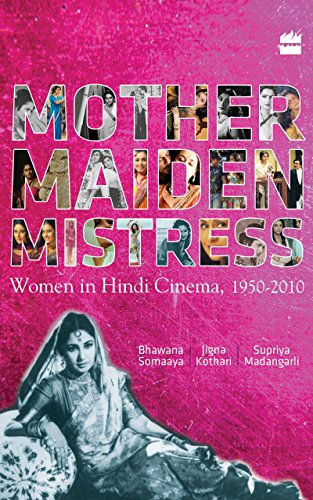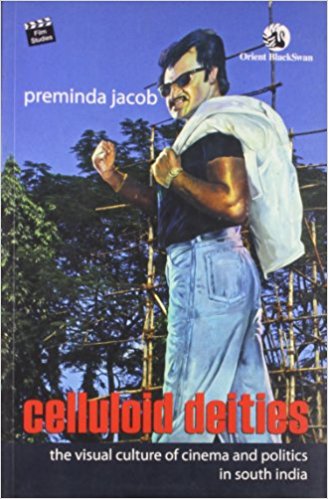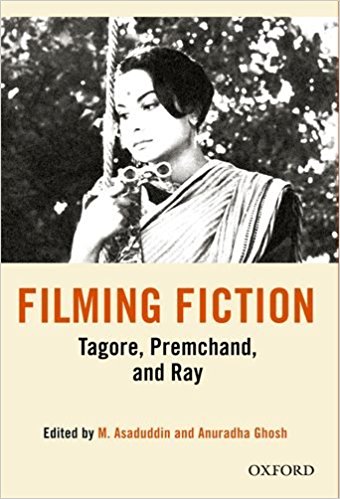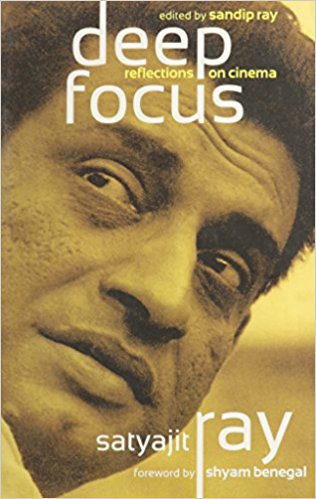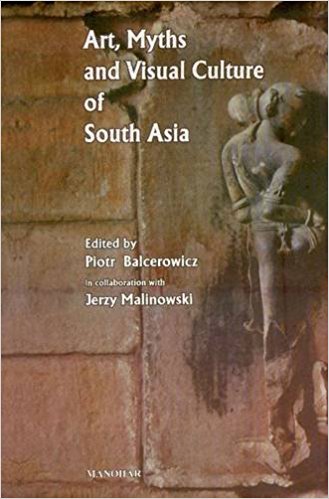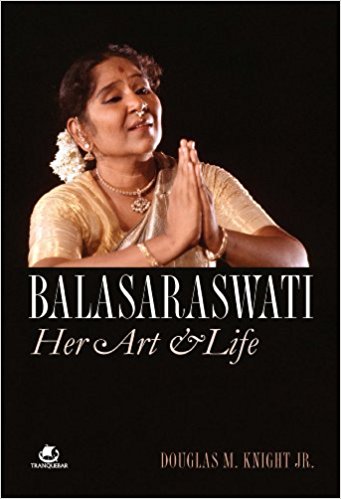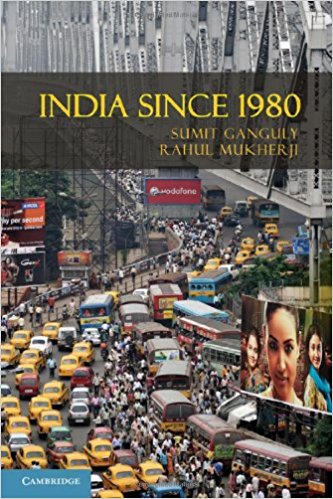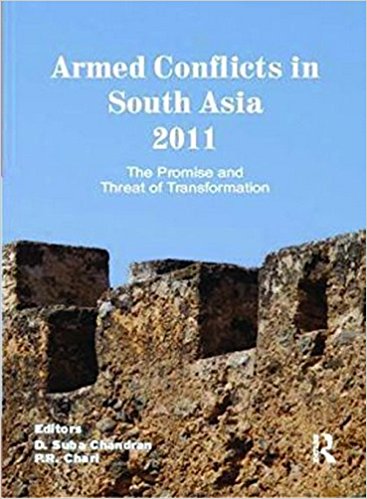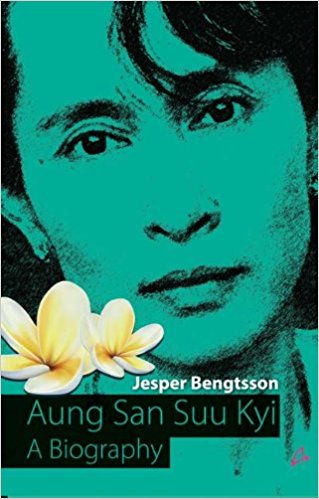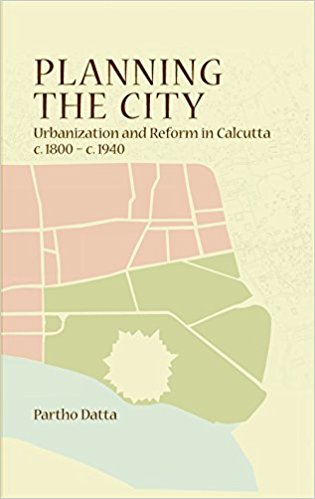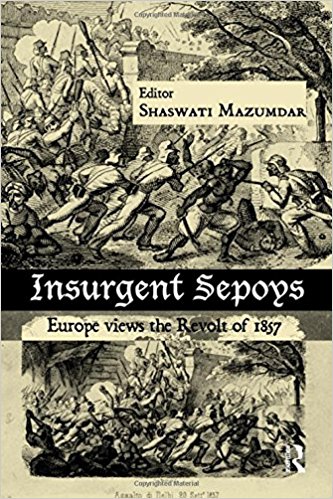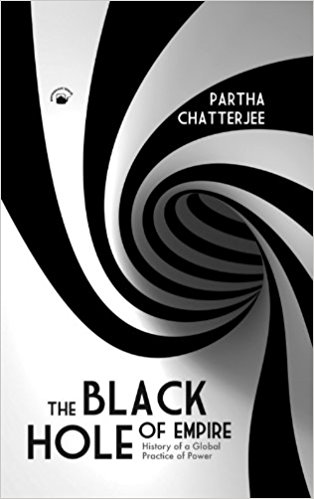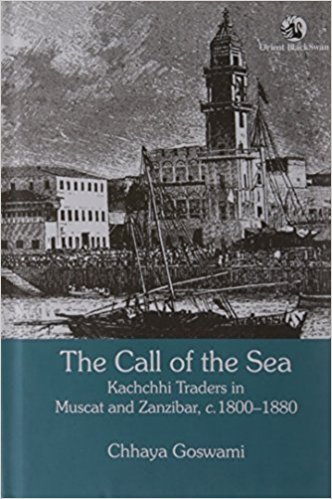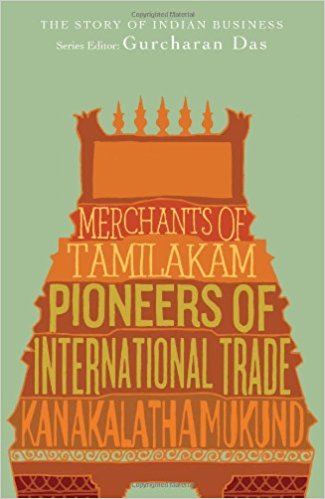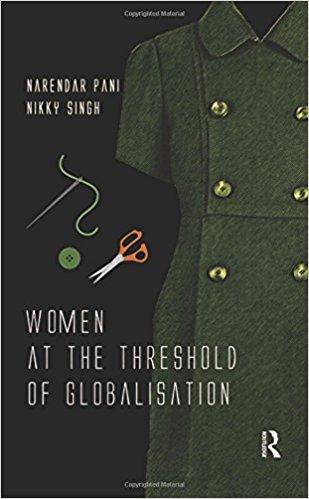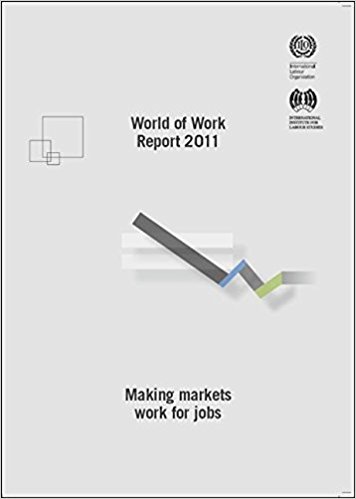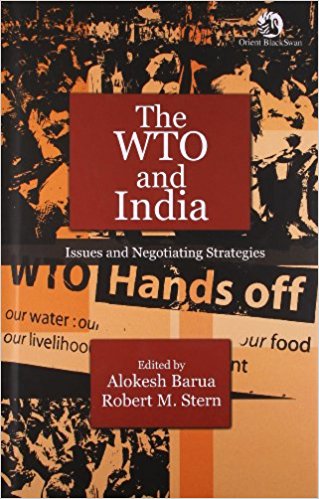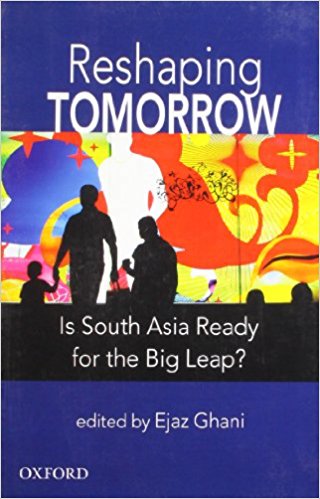Mother Maiden Mistress is an attempt to map women’s representation in cinema from 1950-2010. The contribution of women in the Indian film industry has received minimal attention. This is a much needed addition to the historical narrative of Indian cinema. The book is premised on the argument that no matter how the decades…
Archives
October 2012 . VOLUME 36, NUMBER 10The city of Chennai was remembered until the early 2000s for its huge banners lining most of the arterial roads. Huge hand painted film hoardings battled for prominence with equally massive ads for consumer products. And then suddenly the denizens of Chennai felt that these hoardings were not really aesthetic and were also…
The adaptation of fiction into films is one of the earliest interventionist modes of analysing cinema and bringing the cinematic medium at par with the written word. Cinema needed ‘respectable’ literary moorings to step out of the shadows. James Naremore in his seminal work on film adaptation…
This book is a collection of essays in English by Satyajit Ray, dating from as early as 1949 to 1989, collated from different newspapers, journals and bulletins on cinema from India and elsewhere. Twenty-two written pieces have been arranged accordingly in three segments titled,…
Donald Preziosi in his, A Crisis in, or of, Art History? recounts an instance which will become the cornerstone to radicalize the conventional disciplines of art history. He talks about the 1982 Winter issue of Art Journal which was dedicated to the theme of ‘The Crisis in the Discipline’.
Abiography is usually the life of a person and Douglas Knight’s book features Balasaraswathi, a Bharatanatyam icon. He meticulously traces her life as a dancer, emphasizing her family’s influence on her career. As a child, there was an initial brief period when Bala, as she was popularly known…
2012
This is a very useful book for two types of readers. It would be a good pick for the outsider with an interest in an India beyond the lonely planet guides who would like some insights into how the system and processes work here.
Rights delineate relationship between the State and the individual hence; they are some sort of parameters to determine the nature of any State. Individual and group rights, including a gamut of second generation rights called civil and political rights, when guaranteed by a State serve as milestones to mark democratization of society…
It may sound ironical but the fact is that the production of literature on human rights as well as human rights violations is moving at the same pace. There is no dearth of Human Rights literature in India. However, the available literature can broadly be divided into two categories, academic and non-academic…
The book under review is the fifth Annual Report on Armed Conflicts in South Asia brought out by the think tank, Institute of Peace and Conflict Studies, New Delhi. The Institute’s idea and practice of taking out annual reports is laudable. Over a period of time, these can serve as a reliable contemporary record…
Very few political leaders in the world, not to talk about a woman, have attained such iconic stature, fame and received so many laurels as the symbol of democracy and freedom as that of Myanmar’s Aung San Suu Kyi, who has made enormous sacrifices, including her own family life and spent her best years in captivity…
Partho Datta’s book turns out to be a particularly instructive read in a city struck by an epidemic of dengue and viral fevers in an August of disappeared monsoons, the spread of the vector and virus linked in no small degree to civic mismanagement and lapses in public health administration…
The Rebellion of 1857 has elicited a relentless flow of academic and popular responses, scholarly as well as polemical works, though unarguably, the fiftieth (1907), hundredth (1957) and hundred and fiftieth anniversaries (2007) have generated exemplary interventions on the nature, internal contradictions as well as inhering diversities of 1857.
At a time when it has become fashionable in some academic circles to champion the cause of empire as a guarantee of global stability, at a time when Michael Hardt and Antonio Negri’s influential Empire seeks to make colonialism respectable by advocating the notion of a ‘centreless Empire’, at a time when we are being told by apologists such as Niall Ferguson that imperialism has been a benign historical force, Partha Chatterjee’s important book, Black Hole of Empire, reminds us that empire is ultimately about lies, deceit and violence…
Without seaborne activities, human existence is inconceivable. Oceans, seas, waterways, shipbuilding, banking, exploration, navigation and various other activities and sciences are just a few areas that we come to learn of through maritime history.
When a delicately carved Indian miniature ivory statuette depicting a young woman was discovered in 1938 along with other finely crafted goods in the ruins of, probably in a merchant’s house in Pompeii, Italy datable to the first century of the common era, there was not only…
This is a study of women workers in Bangalore’s garment-export industry. It is based on exploratory field study methods, in which much importance is accorded to surveys of the women workers themselves. Along with them, the authors also directed interviews of management…
In the backdrop of the economic recession of 2008, this Report is an attempt to analyse alternatives for productive employment. It predicts a double digit recession that would have an inverse impact on jobs, creating social unrest and a delay in economic recovery.
The WTO and India: Issues and Negotiating Strategies edited by Alokesh Barua, Professor of Economics at Jawaharlal Nehru University, New Delhi and Robert Stern, Professor of Economics and Public Policy at the University of Michigan, is a compilation of eighteen papers, partly based on an outreach…
Two kinds of debate are dominant in discussions about South Asia’s future: one largely political; the other, at least on the surface, largely economic.The first insists on regional cooperation for the inter-state political harmony that is considered to be a precondition not only for economic growth, but for the region to play a role on the world stage commensurate with its size and population…

